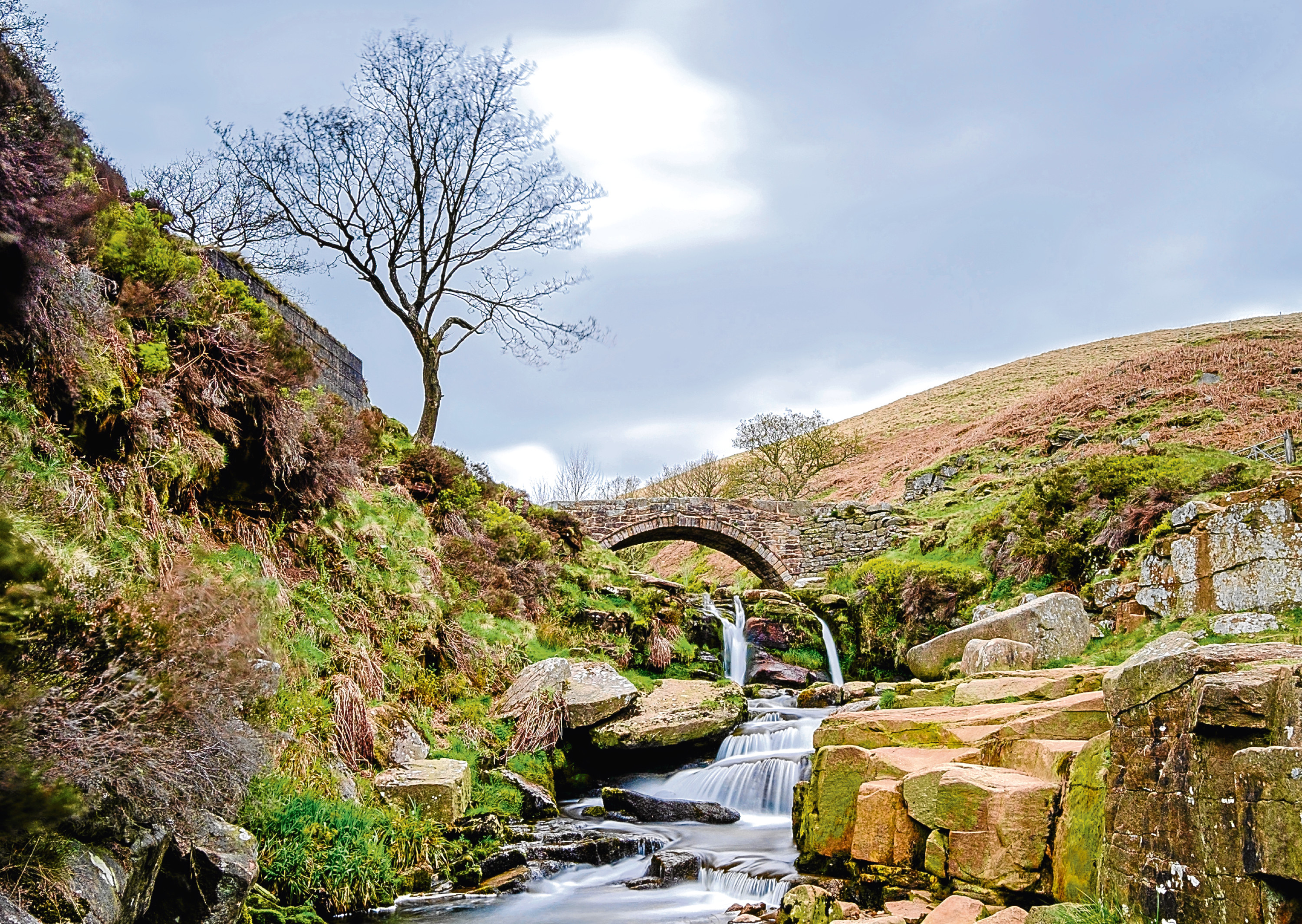
A CERTAIN Mr Shakespeare has been getting a lot of attention lately — now it’s another writer’s turn, and tourists’ focus should turn to Staffordshire.
You may not be aware of it yet, but we’ve already begun a year of celebrating the times JRR Tolkien spent in this part of England.
The man who brought us The Lord of the Rings and The Hobbit lived in Staffs more than once, drawing great inspiration from the area.
It was also his place of rest and recuperation during the Great War, having seen the horrors of the Somme, and even the place he lived with his wife in their early days together.
Now, an exhibition focusing on the Staffordshire connections of the great man is touring the county until February, 2017.
Copies of original artwork, including domestic scenes and landscapes drawn in Staffordshire by Tolkien in 1918, are included in the exhibition along with photographs specially loaned by the Tolkien Estate and Bodleian Library.
While stressing his writing, poetry and artwork, the exhibition also allows visitors to learn more about a soldier’s life in Staffordshire during the Great War.
Second Lieutenant JRR —John Ronald Reuel — Tolkien, of the Lancashire Fusiliers, was stationed at a number of Staffordshire barracks and camps during the war.
They included Whittington Heath, near Lichfield, a musketry camp at Newcastle-under-Lyme, and Rugeley and Brocton camps on Cannock Chase.
After he married Edith in March, 1916, his wife came to live in Great Haywood so that she could be close to him.
Tolkien regularly visited Edith in the village until he was posted to France in June 1916.
He then returned to Great Haywood in early December, 1916, to recover from his traumatic experiences at the Somme.
He lived with Edith in a cottage there until late February, 1917, and during this time, created his first mythological stories, in part inspired by Staffordshire landscapes and experiences.
Tolkien and his wife came back to Staffordshire again in 1918 and lived in a cottage at Gipsy Green, Teddesley Park, near Penkridge, where other important work was undertaken.
The exhibition is on show at Codsall Library until August 22; Penkridge Library, August 24-October 22; Shire Hall Gallery Stafford, October 25-November 16; Lichfield Library, November 19-January 8, 2017; and finally, Stafford Library from January 10-February 27.
The exhibition has been organised by the Haywood Society, supported by the Staffordshire Libraries and Arts Service and the Museum of Cannock Chase, funded by the Heritage Lottery Fund. Admission is free.
And, as Tolkien himself did many times, do yourself a favour and get to see far more of Staffordshire while you are in the area.
It has tons to offer, a great mix of stunning countryside and rural scenes with some great places to eat, drink and shop, too.
For further Tolkien details, visit staffordshiregreatwar.com/events and for all other tourist information about Staffs visit www.enjoystaffordshire.com
READ MORE
Looking back: The 10 most successful films at the Oscars
Martin Freeman hopes film has brought army of new fans to The Hobbit

Enjoy the convenience of having The Sunday Post delivered as a digital ePaper straight to your smartphone, tablet or computer.
Subscribe for only £5.49 a month and enjoy all the benefits of the printed paper as a digital replica.
Subscribe